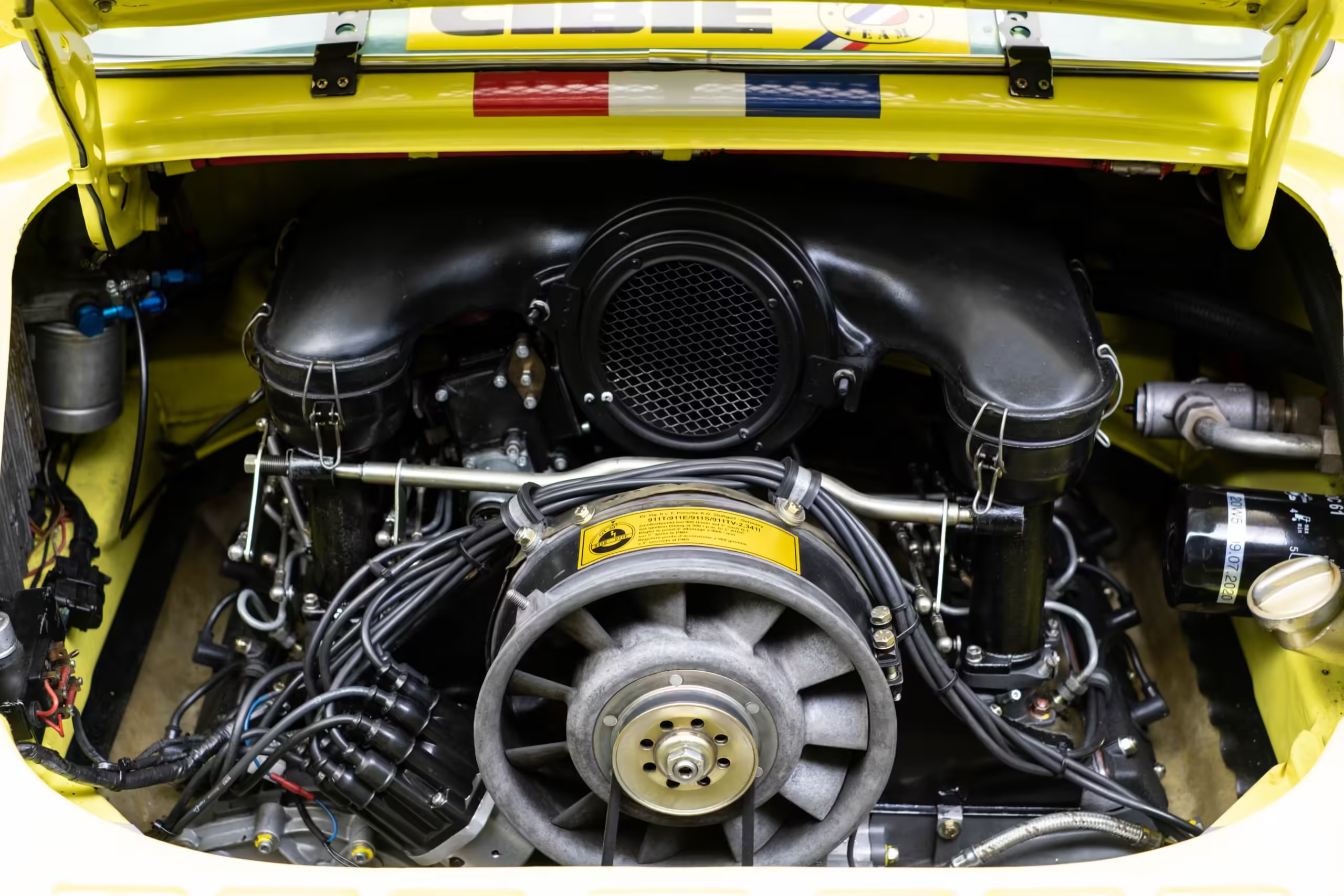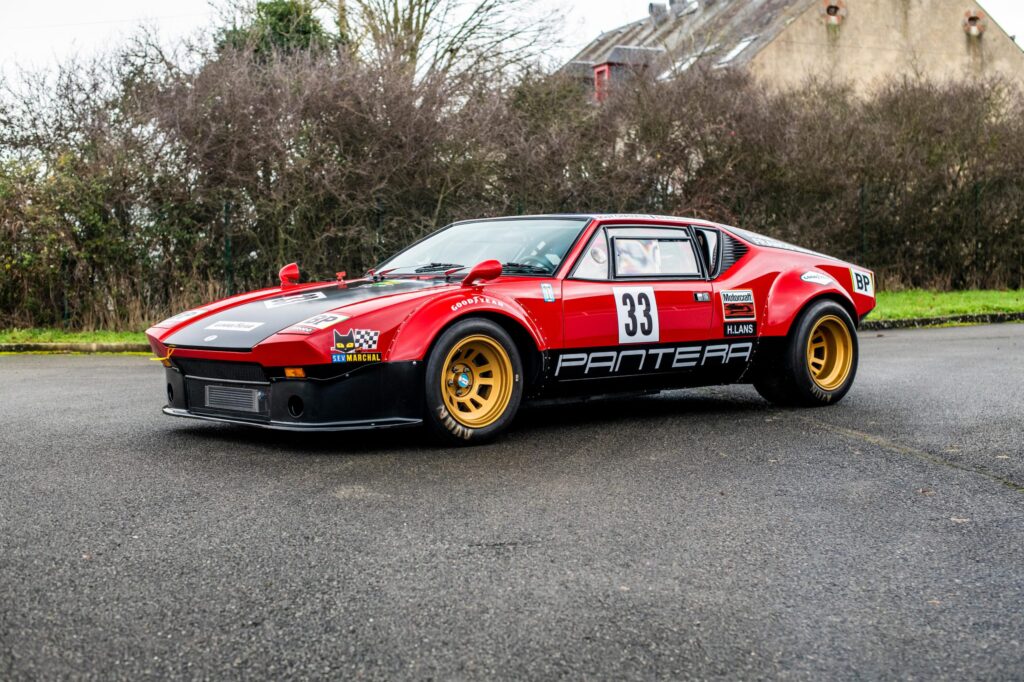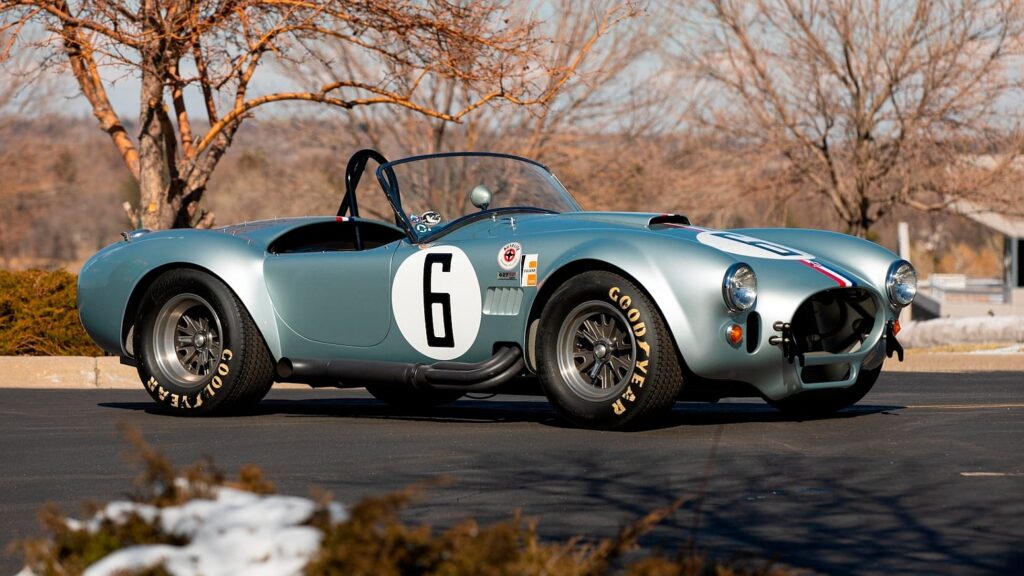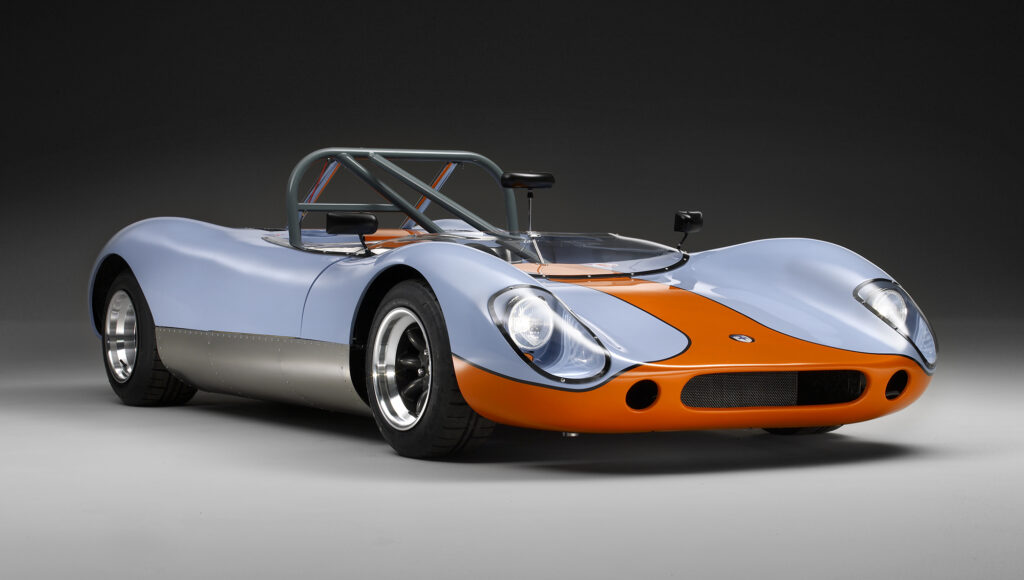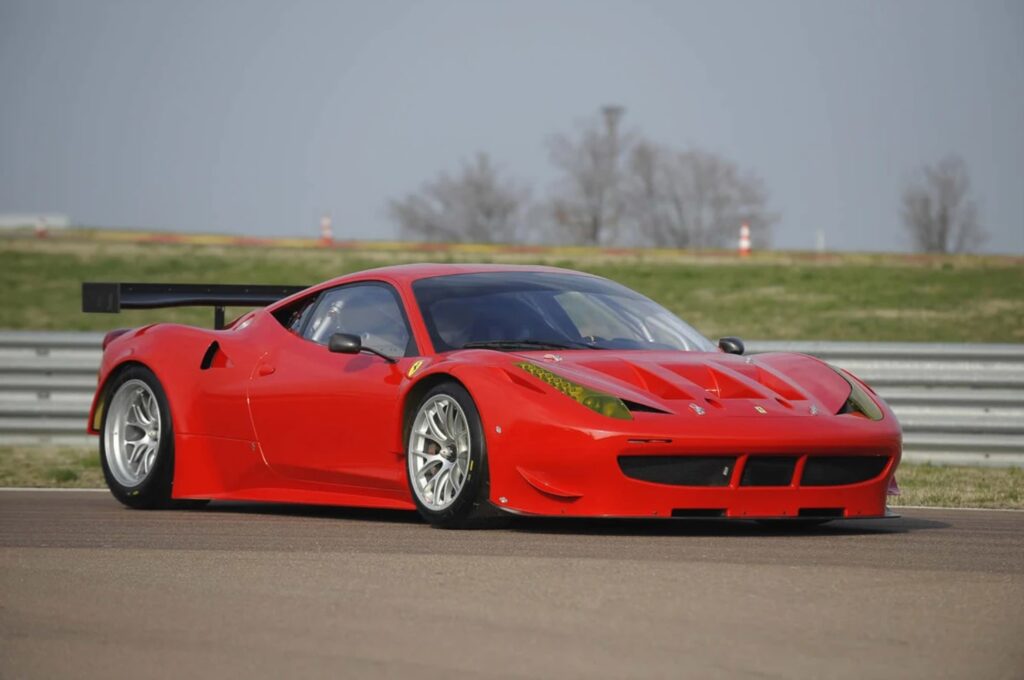1970 Porsche 911 2.3 ST

1970 Porsche 911 2.3 ST
Brand
Porsche
Year
1970
Country
Germany
Generation
Porsche 911 I (Urmodell)

1970 Porsche 911 2.3 ST
Brand
Porsche
Year
1970
Country
Germany
Generation
Porsche 911 I (Urmodell)
About this car
Discover the history
The 1970 Porsche 911 2.3 ST was a purpose-built racing variant of the Porsche 911, designed to compete in the competitive Group 4 and Group 5 racing categories. Its roots trace back to the iconic Porsche 911 platform, but the 911 ST was significantly enhanced for motorsport purposes, blending lightweight construction with a powerful engine to create a car that was both agile and fast on the track. The ST, particularly in its 2.3-liter form, was built during a transitional period for Porsche, moving from road-going cars to serious competition-focused machines.
One of the key elements of the Porsche 911 ST’s design was its weight reduction. By using thinner body panels, deleting unnecessary components, and employing lightweight materials such as fiberglass for the bumpers and doors, Porsche managed to create a car that was significantly lighter than its standard counterparts. This reduction in weight played a crucial role in improving the ST’s handling and acceleration, making it nimble in tight corners and fast on straights. The car’s suspension was also reworked to improve track performance, with upgraded components and a more aggressive setup that catered to racing conditions.
Under the hood, the Porsche 911 ST 2.3 was powered by a flat-six engine that was specially tuned for racing. This engine provided a significant boost in power compared to the standard 911 models of the time, allowing the ST to compete effectively against more powerful rivals. The enhancements to the engine were focused on increasing both power and reliability, crucial for the endurance races in which the car frequently competed. Porsche engineers used larger carburetors, a high-performance camshaft, and increased the compression ratio to extract as much performance as possible from the engine. This allowed the car to produce over 230 horsepower, a significant figure for its time.

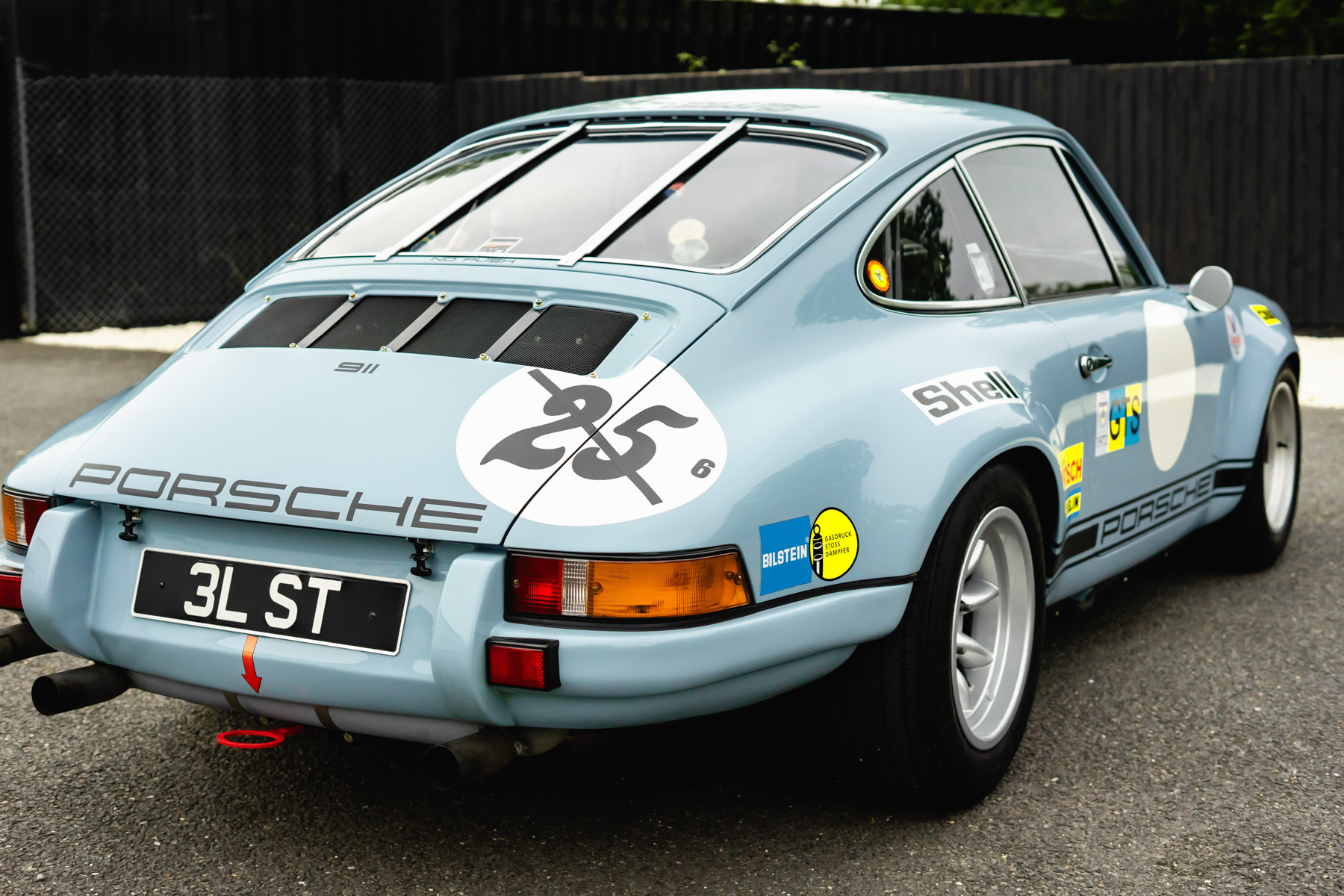

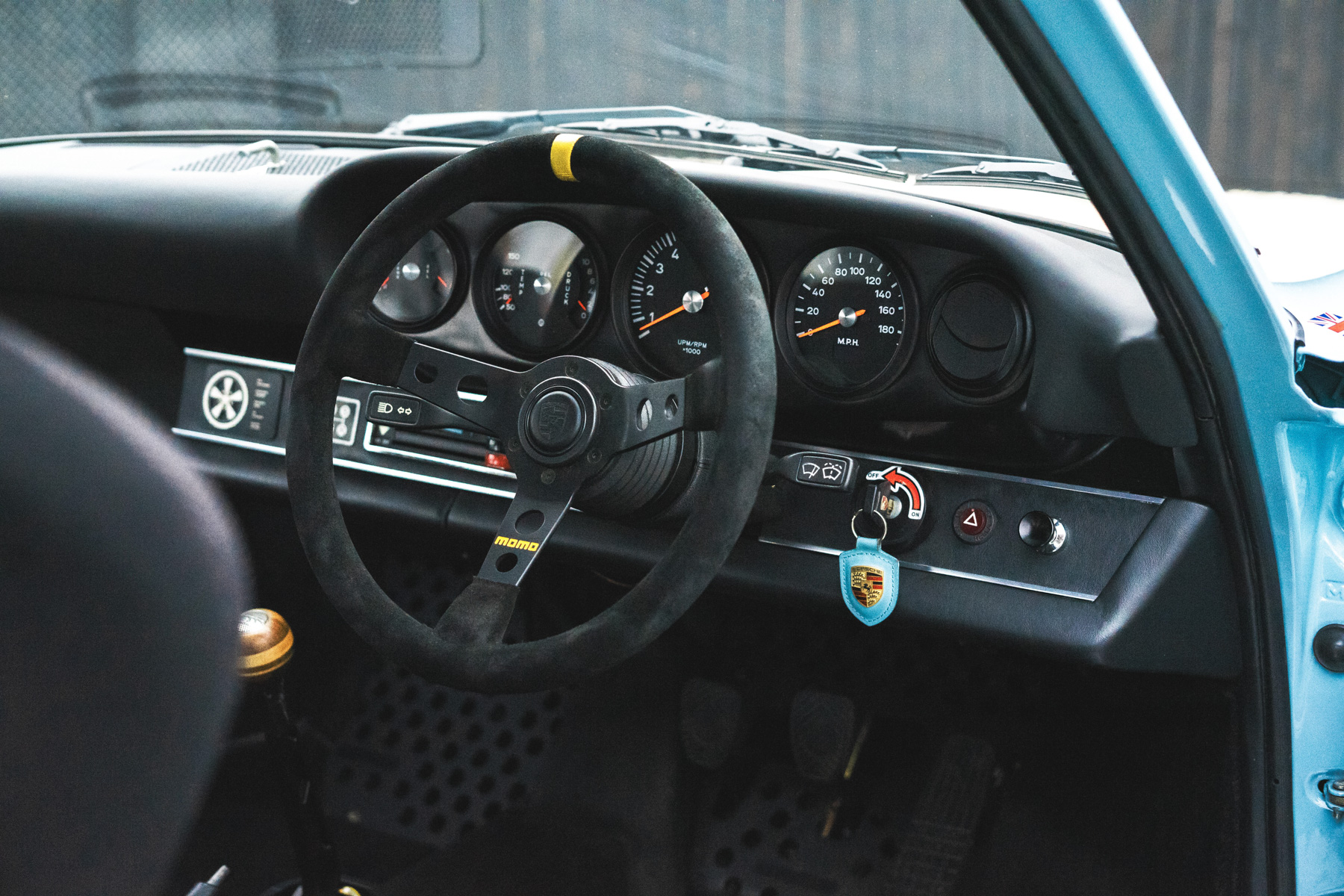
The 911 ST was successful in a variety of racing disciplines, including endurance racing, hill climbs, and rallying. Its versatility was one of its greatest strengths, allowing it to compete on both tarmac and gravel stages with minimal modifications. The 2.3 ST’s most notable success came in endurance racing, particularly in events like the Targa Florio and the 24 Hours of Le Mans. In these grueling races, the 911 ST proved to be both fast and reliable, often outperforming larger and more powerful competitors. In fact, it achieved several class victories and podium finishes, helping to cement Porsche’s reputation as a dominant force in motorsport during the early 1970s.
In addition to its racing pedigree, the 911 ST was also popular with privateer racers. Porsche produced only a limited number of these cars, and many were sold directly to racing teams and private owners who wanted to compete in national and international events. The car’s straightforward design and ease of maintenance made it a favorite among racers, who could modify and tune it to their specific needs. Many of these cars continued to race for years after their initial debut, further demonstrating their durability and competitive edge.
Overall, the 1970 Porsche 911 2.3 ST stands as a significant chapter in Porsche’s racing history. It bridged the gap between the early road-going 911s and the more specialized racing cars that would come later, such as the 911 Carrera RSR. Its combination of lightweight construction, powerful engine, and racing success helped to establish the 911 as one of the most iconic sports cars in the world, both on and off the track. Its influence can still be seen today in modern Porsche race cars that continue to dominate in motorsport.



